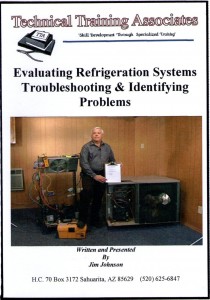Distributors, when you rank your customers by net-profitability and then keep segmenting, you can find some amazing facts.
Pareto’s law applies to big accounts, but only for margin dollars, not profits. The biggest 20 percent of companies will contribute around 80 percent of gross-margin dollars.
Only one-third of big accounts are net-profitable, and they range from amazingly so to modestly so.
The middle third will be around break-even before deducting sales commissions and modest losses after deducting commissions.
The bottom third are losers before commissions due to excessive activity costs for small-dollar picks and orders. A few may be shockingly unprofitable.
The Underlying Factors Influencing Customer Profitability
Using analytics and some field research, you can discover that the best accounts have some traits in common that make an account profitable.
For instance, they likely have a big category spend (duh!), but often it goes beyond this simplicity. They may give 100 percent to you because they operate under the logic of finding the best general supplier per spend category, and then marrying and managing them to get rounded-out, special-stock, one-stop sourcing and good-enough pricing.
There is also usually a consolidation and minimization of all other procurement costs. Customer service is usually perfected and guaranteed with some custom extra services provided. And, there is a commitment to continuous innovation for reducing total cost and boosting performance value to pass on to the customer’s customers.
They may also measure and respect the increasing equity and switching costs. Don’t let new buyers switch vendors for superficial price savings. Don’t regress back to buy-low/sell-high, zero-sum, win-lose, mutual mistrust relationships.
Another approach is to be like McDonalds, which requires vendors to sell open-book. Both McDonald’s and producers can audit the 100 percent pass-through of special producer prices. The distributor’s profit (cost of capital margin) is pegged to McDonald’s own return on investment (ROI).
Reps can’t do this. A competent team is necessary, because customer-centricity dictates that customers will decide the role and cost of the rep. There is an exception: When a rep controls an account and could switch all sales to a competitor. If such accounts are net-profitable and obviously don’t aspire to a synergistic, growing partnership, then let them be.
Another trait is that average gross margin dollars per transaction are usually large due to disciplined replenishment systems that are well executed. Goals? Minimize stock-outs, small orders, and rush orders. Lower buying-activity costs as well as distributor fulfillment-activity costs. The strategic focus of customers requires fewer SKUs bought in greater and more predictable quantities. Unfocused customers can buy small quantities of a broad, random array of SKUs.
An innovative culture enables best purchasing practices as well as faster, more profitable growth than industry peers, which in turn grows suppliers’ sales, too. Big, unprofitable customers find many ways to violate best buying practices to create – as a byproduct – excessive buying and servicing costs.
So, What Should You Do?
Get customer profitability analytics. Focus on the best, most-profitable customers to proactively move toward these ideal, win-win guidelines. Teach the big losers, using their own statistical buying data, ways to reduce unnecessary, small-order activity costs for both parties.
For overall guidance, request a copy of my Core Renewal Roadmap by emailing bruce@merrifield.com.
Publication date: 09/10/18











